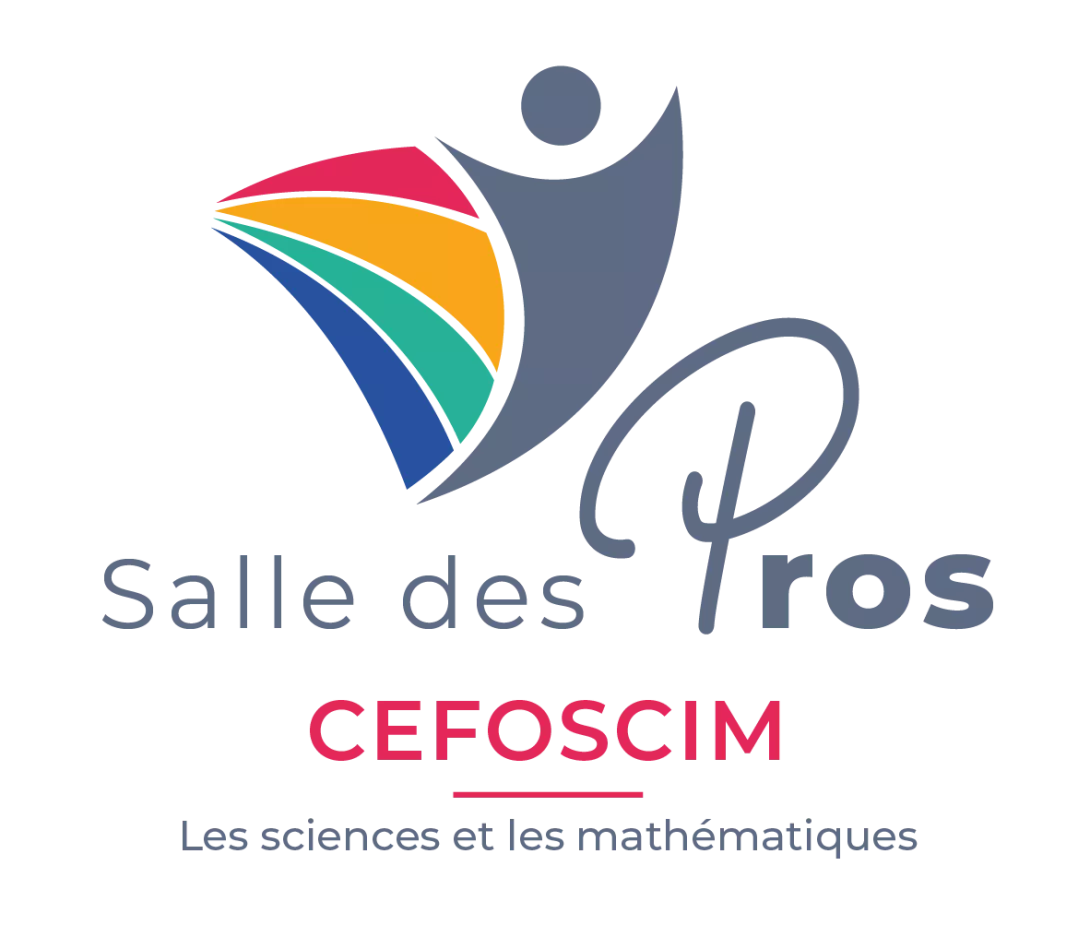One of the many objectives of CEFOSCIM, UNamur's Center for Continuing Education in Science and Mathematics, is to introduce students to reading and interpreting urban landscapes. To this end, a team of enthusiasts has developed the "Parcours urbains", a fun way of reading urban landscapes for environmental studies teachers and their Secondary 1 and 2 classes.
For this purpose, nine routes through Namur's city center have been created. These routes illustrate the different phases of urbanization in which the city was built. This system makes it possible to use the landscape as a key entry point for learning about the six pillars of the EDM course: living, circulating, consuming, cultivating, producing and living in society.
Discover this device in vidéo
How does it work in practice?
Once the activity has been presented by the teacher, students are invited to discover their field notebook and the maps of the route they'll have to follow through Namur.
Once students have received their instructions and safety briefing, they can head out into the city in groups of four, in complete autonomy. Accompanied by a guide and a reference book, they can discover the city, while taking on very specific roles: the GPS student will manage the itinerary and map reading, the secretary will read the questions and complete the field notebook, the photographer will take the required photos, and the timekeeper will watch over the timing of the outing.
Over the course of an hour, students will have the opportunity to analyze the architecture of the buildings, their functionality, the layout of the streets, the traffic flow, the users present (pedestrians, cyclists...) in the different districts, the urban vocabulary... But they will also be led to reflect on the future of the city in terms of sustainable development.
Back in the classroom, it's debriefing time. Each group recounts its experience in the field. The teachers then suggest that they take the experience one step further, with a role-playing exercise. For example, the students are asked to produce a brochure for a tourist office containing a walking itinerary with commentary. This kind of learning involves the student and enables him or her to develop autonomy, information retrieval, structuring and communication skills. These four points form the pillars of an environmental studies course.
"Teachers have been won over by the approach," enthuses Christian Jacques, CEFOSCIM trainer and teaching assistant in the Geography Department. "Thanks to this system, they can go out into the field with their class and carry out an activity in which their students are completely autonomous. We offer them a prepared activity and tools to go further on the theme of urban landscape analysis."
The advantages of these courses are numerous: experience through the senses, confronting students with reality, anchoring learning in their sensory memory, and empowering them. Field trips are also an opportunity to encourage young people to rediscover the environment through current issues, and to forge links between them. The urban itineraries are in line with current, active teaching methods, and place students at the heart of their learning.
Find out more
An activity proposed by CEFOSCIM
The Centre de Formation Continuée en Sciences et Mathématique de l'Université de Namur (CEFOSCIM) brings together the activities of the various departments of the Faculty of Science.
Since 2008, CEFOSCIM's main area of activity has been the development of continuing education programs for secondary school teachers. CEFOSCIM covers all the scientific subjects taught (chemistry, biology, physics, mathematics and geography) in compliance with the syllabus. Drawing on its experience, it has also developed unique teaching tools!
The center also organizes continuing education courses (laboratory animals, biosafety, landscape workshops, etc.) and university certificates (CUBEA) for other audiences.
